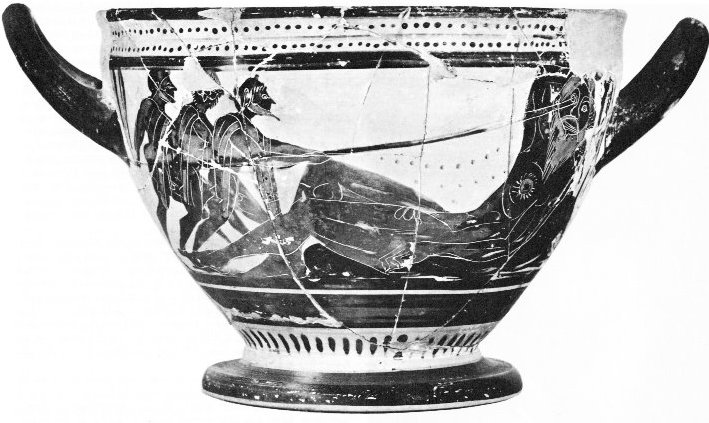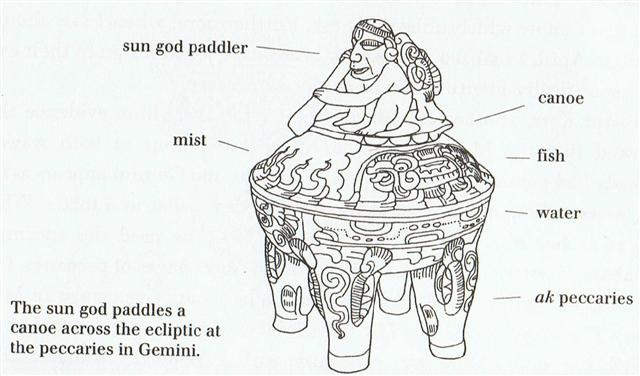|
We can now once again look at that compartment of the H text which I have labelled 1b:
Day 88 (MARCH 29) was at the end of 1a, and here was niu, at glyph number 108: ... He bore a grievous weight of dry wood, which he cast down with a din inside the cave, so that in fear all fled to hide. Lifting a huge doorstone, such as two and twenty good four-wheeled wains could not have raised from the ground, he set this against the mouth of the cave, sat down, milked his ewes and goats, and beneath each placed her young, after which he kindled a fire and spied his guests ...
And here it might be helpful to copy from the beginning of side a on the G tablet. The crack in time between Hb3-5 and Hb3-6 seems to correspond to the horiontal cut in Ga1-6 with ragi in front.
I have no stars listed between Ain and Aldebaran, and neither in the pair of days following Aldebaran. The Sun was making star observations gradually more difficult for those who lived north of the equator, but on Easter Island it would be the opposite with the stars gradually returning to the night sky. The Sun sailed from the southern hemisphere to the northern hemisphere.
I.e., if there was wind (matagi). A sailing vessel crossing the equator will encounter the doldrums, a region with no wind at all. In contrast both those living close to the tropic of Cancer and those who were living close to the tropic of Capricorn would have strong winds at the equinoxes where winter and summer battled for control. There is a little dot in front at Hb3-12.
|




















